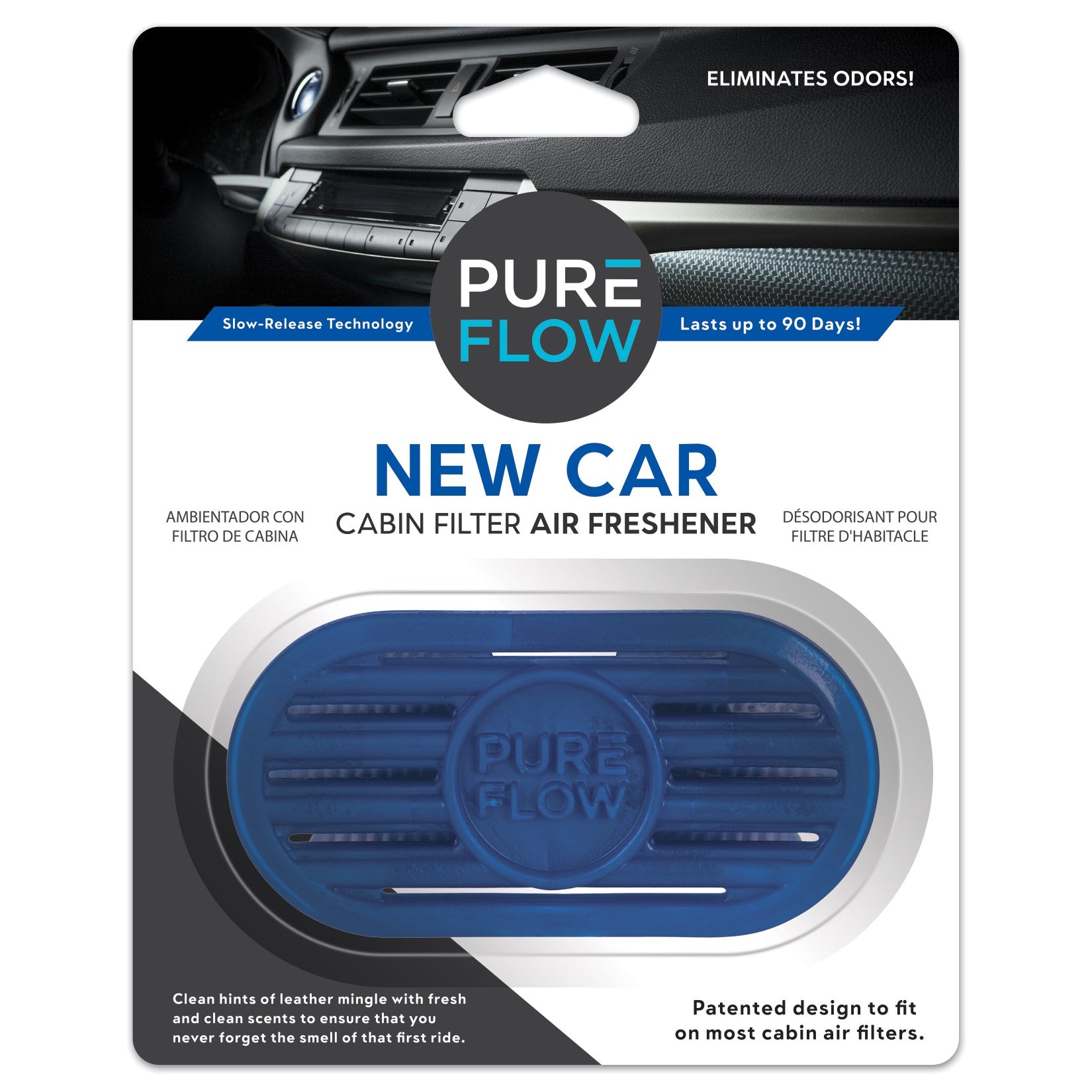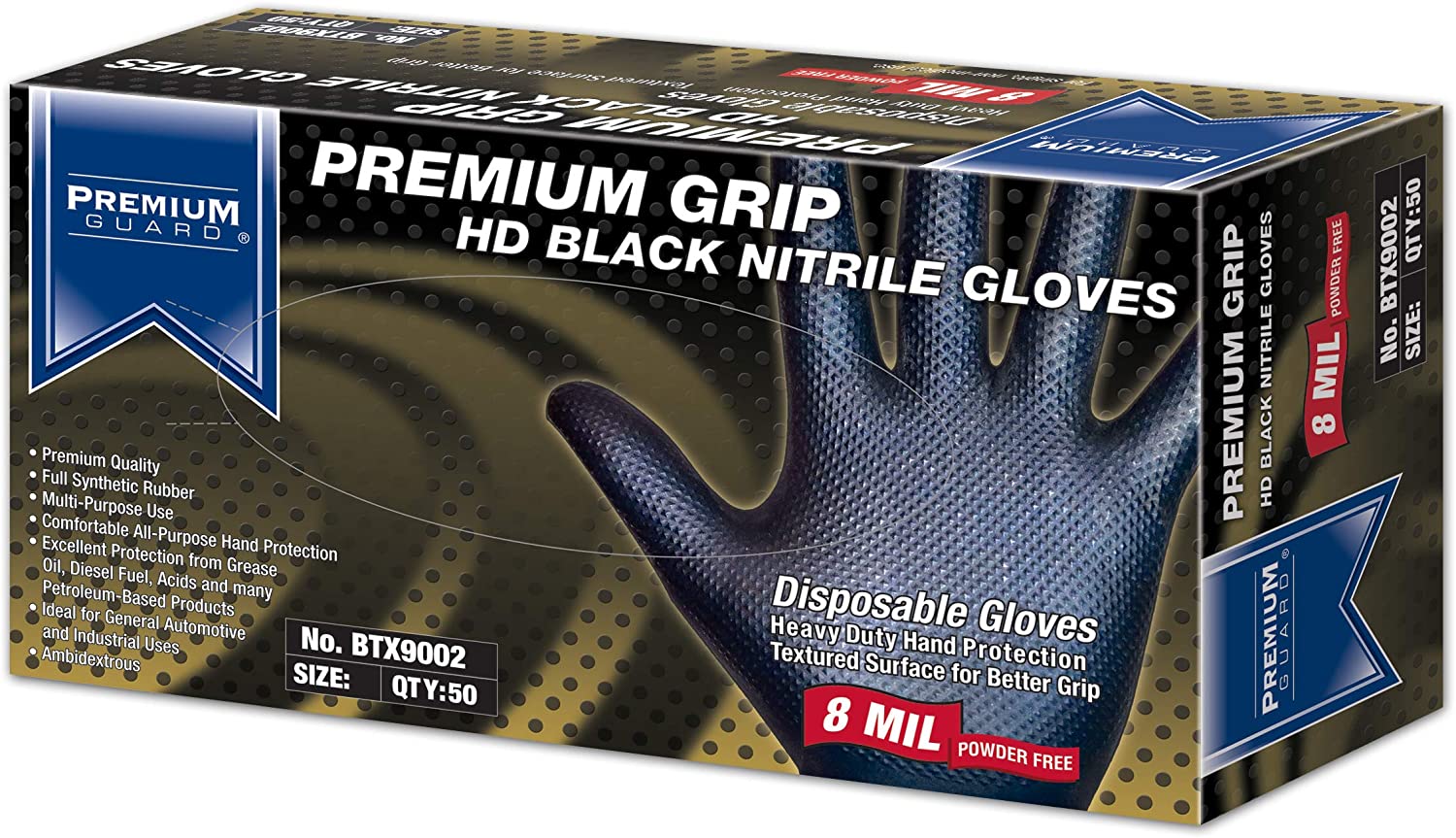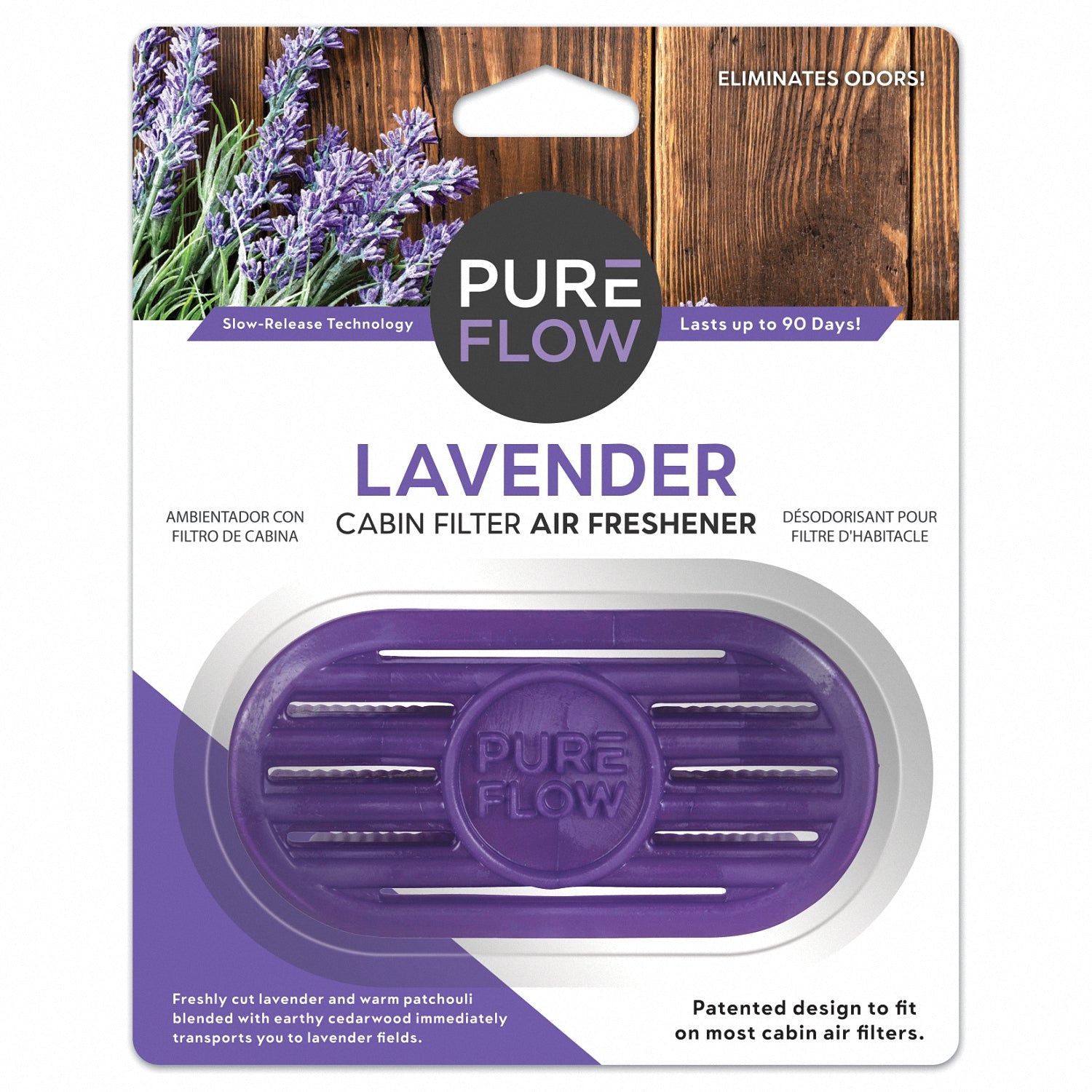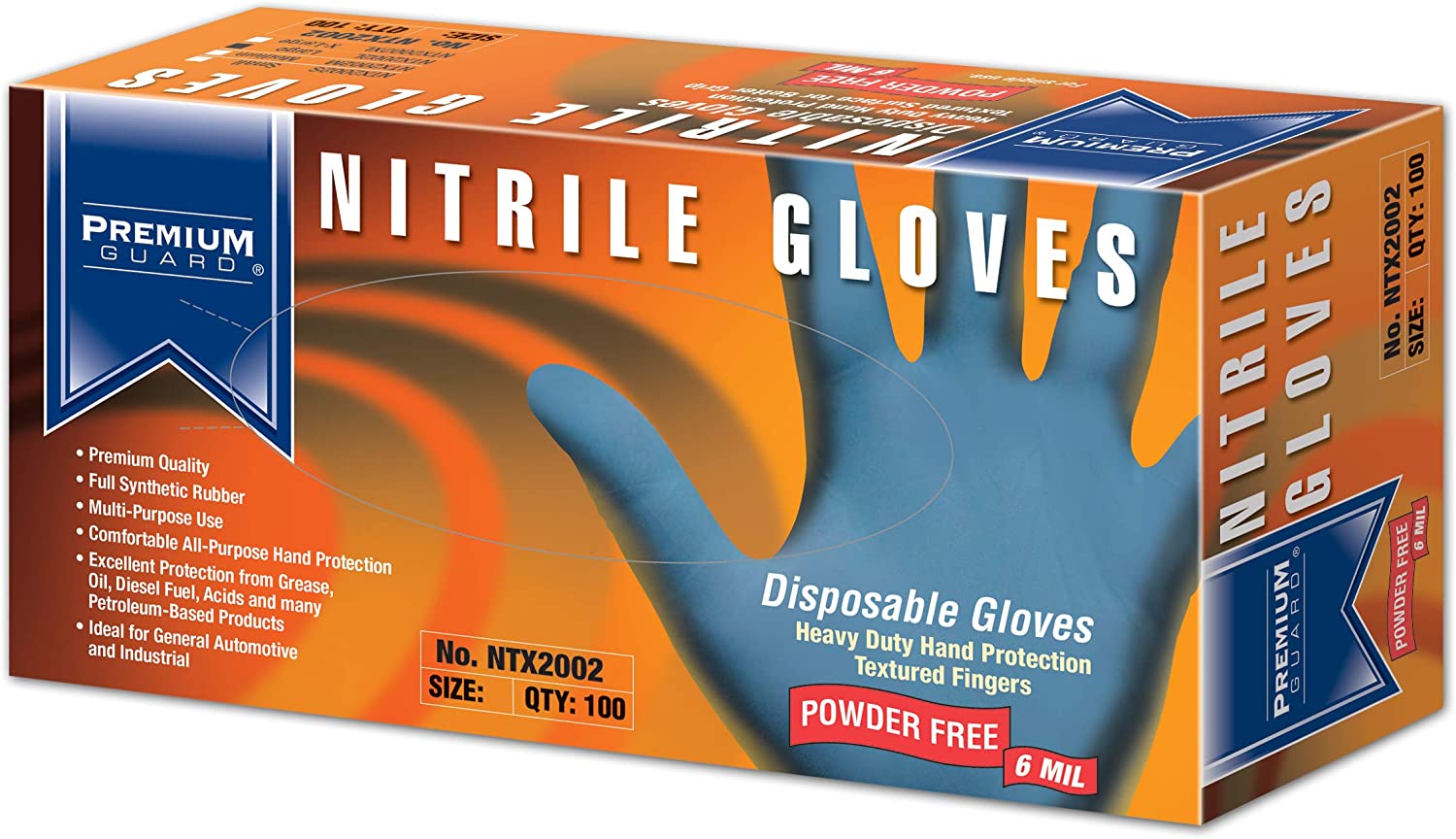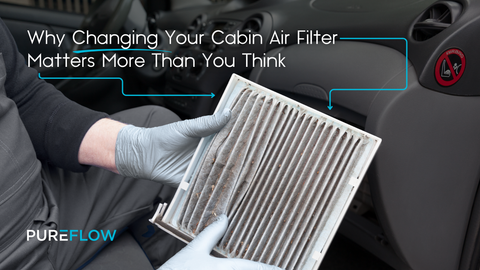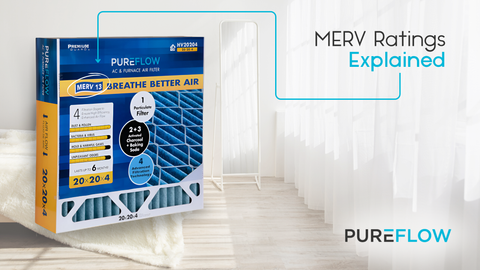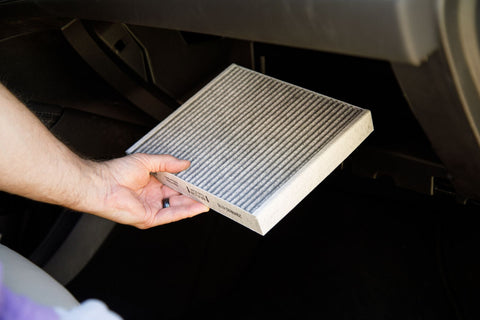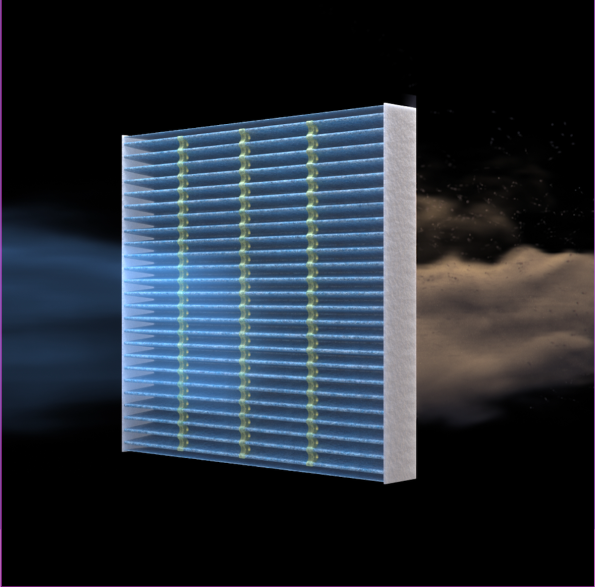What is Activated Charcoal?
Activated carbon, commonly referred to as “activated charcoal” is an extremely porous form of carbon that is widely used in the purification of water and air. When activated the charcoal has been specifically processed to enhance its porous quality while increasing the surface area. It is highly effective in removing unwanted smells such as food, cigarette, pet odor, and more. Additionally, in recent years, the use of activated charcoal has expanded into the skincare market.
How is Activated Charcoal Made?
Activated charcoal is charred with chloride salts to make it porous at a very high heat without exposure to air. Then it is treated with water and dilute acid solution to form and separate the pure carbon. It is subjected to oxidizing with gases such as steam and carbon dioxide. Activated carbon can be made from different raw materials. The most common ones are wood, nutshells, and coconut shells. The process starts by clearing the coal meticulously to leave pure carbon. This process ensures that the microscopic pores are empty, which eventually increases the exposed surface space of the carbon particles. Once cleaned the carbon is ready to be activated. The activation process increases the surface area by creating an abundance of micro-pores. The two most common activation processes are:
Physical activation during which the raw material is converted using hot gases, followed by air which burns out the gasses. Physical activation uses either carbonization or activation/oxidization and can require temperatures over 600 degrees Celsius.
Chemical activation during which the carbon is impregnated with a chemical, usually acid-based, or salt. The material is then processed at a high temperature. Chemical activation is the most common and effective method for activating carbon.
Why Surface Area Matters?
The amount of surface area is what defines the quality, life and effectiveness of the activated charcoal. The microscopic and submicroscopic pores create a dense network of holes with a combined massive space that hold the toxins. This is what gives activated carbon its purifying ability. The activation process creates an enormous surface area the size of a football field for just 4-5 grams of activated charcoal.
Coconut Shell Activated Charcoal
Activated charcoal made from coconut shells is high in micro-pores, which are the most critical in trapping contaminates. In addition to its quality and effectiveness, coconuts shells are a renewable source of carbon that can be harvested year-round, as opposed to mining charcoal or cutting trees to obtain raw carbon.
Adsorption (not Absorption)
While absorption and adsorption can have similar outcomes, these are two fundamentally different processes. Understanding the difference between the two is critical in realizing the effectiveness of activated charcoal.
Absorption is occurring when molecules of one substance enters the bulk of another substance. During this process, the two materials come together and essentially form a new material.
Absorption is when a substance attaches itself to another material. Adsorption happens at the surface level and does not create a new substance. It refers to holding molecules of a gas or liquid on the outside or internal surfaces within the material. (dictionary.com https://www.dictionary.com/browse/adsorb)
Is HEPA More Effective Than Activated Charcoal?
These are two inherently different filtration technologies. While activated charcoal adsorbs harmful gases and unpleasant smells, HEPA employs a mechanical process to remove particulate pollutants like dust and pollen.
While, HEPA is highly-efficiency particulate air filter that removes at least 99.97% of particles of 0.3 microns or larger, activated charcoal adsorbs a smaller range of particle sizes such as gases, which a HEPA filter would not be able to capture.
Lookup your car to find the right air filter for what you need. After that, read our other blog posts so you are always aware of the latest filtration technologies available.




